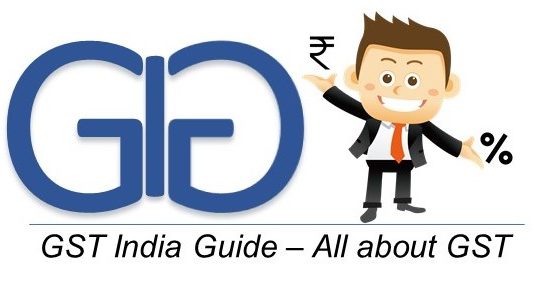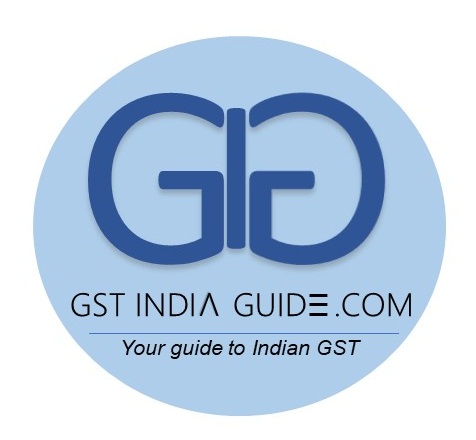Goods and Services Tax (GST) Committee make some progress with regards to the Model GST Law on Friday, the first of a two-day meeting.
The Committee agreed to put in an enabling provision to cap the maximum rate under GST at 40% (20% central GST+20% state GST) to facilitate merging of a cess proposed to be levied on certain items into the tax rates after the initial five years of GST’s implementation, said a person with knowledge of the development.
To be sure, items like tobacco, where the centre has powers to levy a tax over and above the GST rate, will still be taxed at higher rates.
The centre and the states have agreed on a rate structure wherein the maximum tax rate will be 28% (14% CGST+14% SGST). However, on demerit items and sin goods like luxury cars, tobacco, aerated drinks and pan masala, a cess over and above the highest rate will be levied. The proceeds of this cess are proposed to be used for compensating states for losses arising from a transition to GST.
This cess will then be merged into the tax structure after five years. But then, to accommodate this change, the nod of the state legislatures and Parliament will be required. The council agreed to increase the cap in the bill to do away with the need for legislative approval.
“There shall be levied a tax called the Central/State Goods and Services Tax (CGST/SGST) on all intra-state supplies of goods and/or services… and at such rates as may be notified by the central/state government in this behalf, but not exceeding 14%,” says the current draft bill. It proposes to replace the 14% with 20% to facilitate the merging of the cess with the tax rates later.
Though the council made some leeway on finalizing the GST bills, it is still faced with the daunting task of resolving the issue of sharing of administrative powers between the centre and the states—something that states like West Bengal and Kerala say is imperative for the GST council’s final nod to the draft legislations.
Kerala finance minister Thomas Isaac said only those aspects of the law that did not involve sharing of administrative powers between the centre and the states were discussed. “Many states wanted discussions on cross-empowerment first as it is important for discussing many of the provisions of the draft laws that deal with administration,” he said.
Highlighting the states’ rigid stance on the issue of dual control, Isaac said no consensus is possible till the Centre is willing to compromise.
“It is still possible to meet the 1 April deadline for rollout of GST if compromise is reached on administrative aspects of GST. We have already conceded on too many aspects. We cannot compromised or concede on this issue,” he said.
The passage of the supporting legislatio—CGST bill, Integrated GST bill and the draft compensation law—in the winter session of Parliament will be crucial for the government to meet its 1 April rollout deadline.
Isaac expressed doubt on whether the entire law could be finalized in this meeting given the numerous provisions in the bill as well as the fact that states are likely to take up the issue of demonetization on Saturday.
Sharing administrative powers for control over both goods and service taxpayers has remained a contentious issue. While states want exclusive control over small traders (those with an annual revenue of less than Rs1.5 crore), the centre is unwilling to cede complete control over such traders as it would leave a very small pool of taxpayers with it.
The centre favours an option to divide the entire tax base vertically, wherein the taxpayers are divided between the centre and the states in a fixed proportion. The other solution it favours is just dividing the small pool of taxpayers who will be picked up for audit.
By Livemint, 30 December

